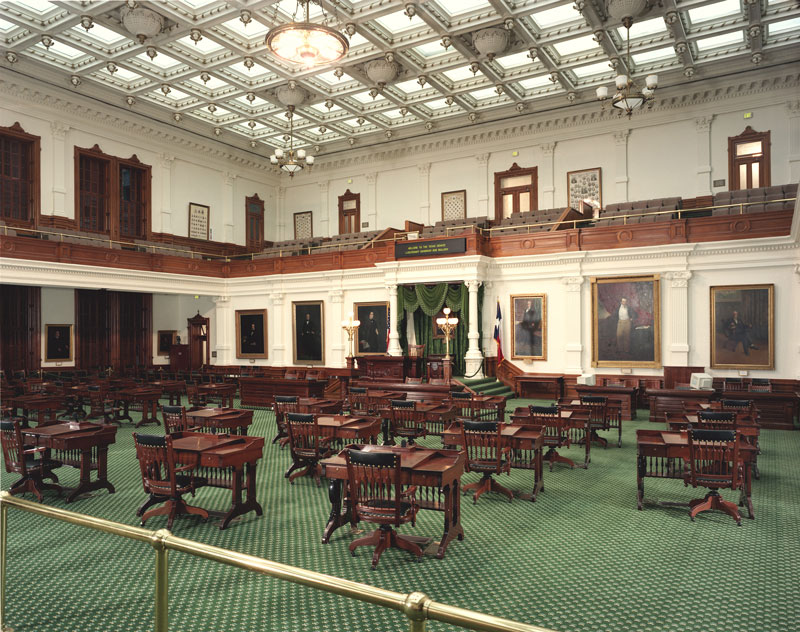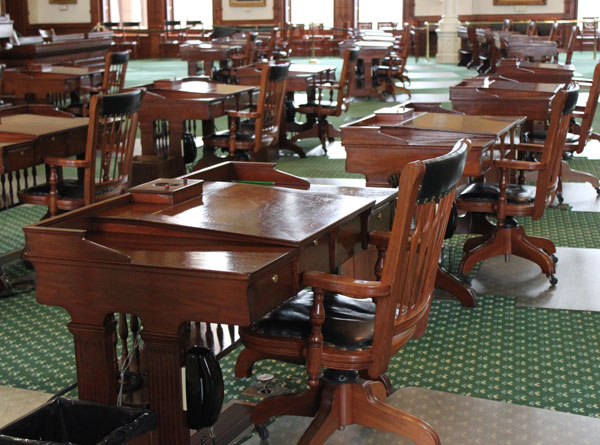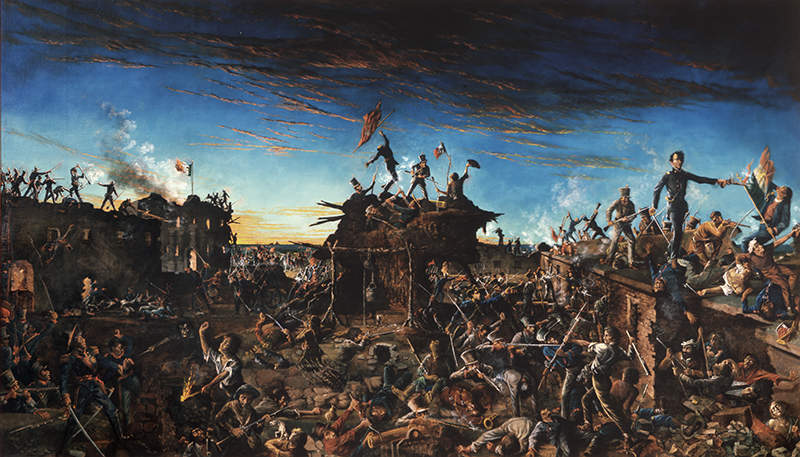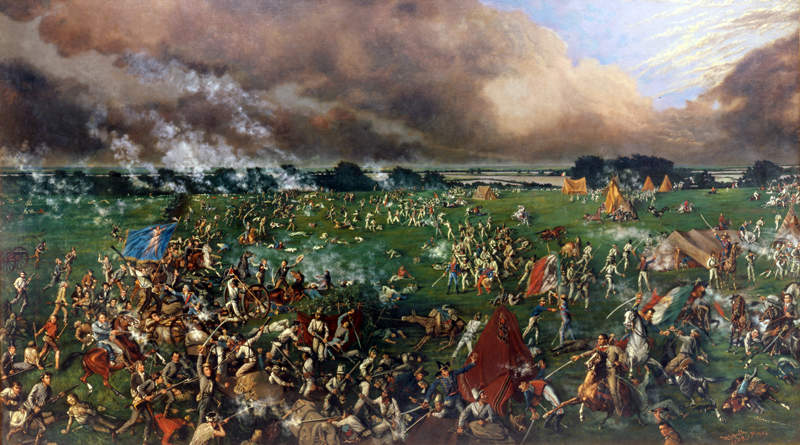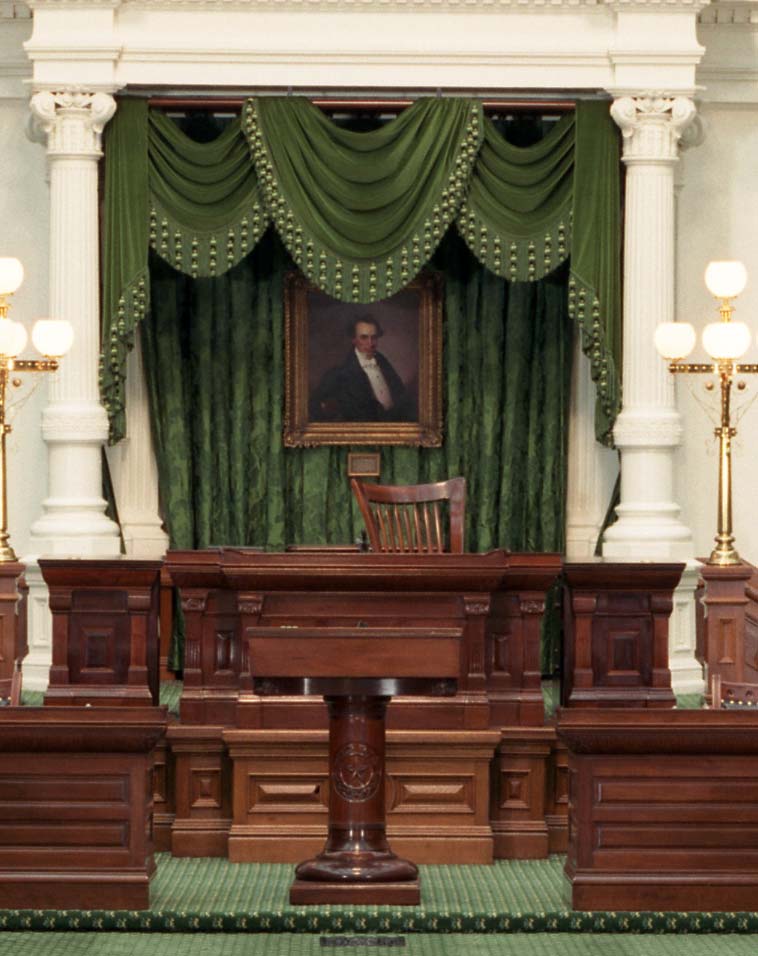Senate
The upper house of state government.
From the 31 original walnut desks to the stately portraits gazing from the walls, the Senate Chamber resonates with the history of Texas.
Many legendary leaders have walked up the uneven sunset red granite steps outside the Senate Chamber and into the upper house of the Texas Legislature to conduct the business of the state. As a government body, the Senate has its roots in the first Congress of the Republic of Texas, which convened at Columbia-on-the-Brazos on October 3, 1836, just six months after Texas defeated Mexico at the Battle of San Jacinto. By 1845, twenty men served as senators. In 1876, the Texas Constitution specified that the number of senators for the state should be set at 31. Since 1888, when the current Capitol building was opened, 31 senators–now, both men and women–have negotiated, debated, and enacted legislature in this room.
Located in the east wing of the Capitol, the Senate Chamber has been restored to its 1910 appearance.
The window shutters, painted plaster walls and ceiling, carpet, and draperies are all replicas of the original fixtures and were recreated during the extensive restoration and preservation of the Capitol that took place from 1990 to 1995. The desks are the original walnut desks created for the Senate by A.H. Andrews and Company of Chicago, the maker of most of the original wooden furniture purchased for the Capitol in the late 1800s. During the 20th century, the desks were refinished and slightly modified in order to install microphones and telephones.
At the back of the Senate Chamber hang two of the most impressive and historically significant works of art in the entire Capitol: Dawn at the Alamo and The Battle of San Jacinto.
Both massive canvases were painted by Henry McArdle (1836-1908), an Irish-born artist who moved to Texas after the Civil War. Although not completely accurate historically, McArdle performed extensive research for Dawn at the Alamo, including creating maps, taking photographs, and corresponding with living witnesses to the battle (including General Santa Anna) and their descendants. McArdle's first rendition of Dawn at the Alamo was completed in 1875, but was destroyed in the fire that consumed the previous capitol building in 1881. The artist completed the version of Dawn at the Alamo that hangs now in the Senate Chamber in 1905.
The second of McArdle's paintings, The Battle of San Jacinto, was completed in 1895. The painting depicts the conflict and chaos as 800 Texians defeat Santa Anna's 1,600 Mexican Army soliders on April 21, 1836. As he had done for Dawn at the Alamo, McArdle researched the battle extensively, including conducting extensive interviews and walking the battlefield with surviving veterans.
From behind the lieutenant governor's desk, Stephen F. Austin continues to cast a steady gaze on the business of government in the Senate Chamber.
The Texas Senate is presided over by the lieutenant governor, who is officially referred to as the President of the Senate. The lieutenant governor is elected by a statewide popular vote every four years and is responsible for appointing all committees and committee chairs, presiding over the Senate, and voting on legislation in case of a tie.
